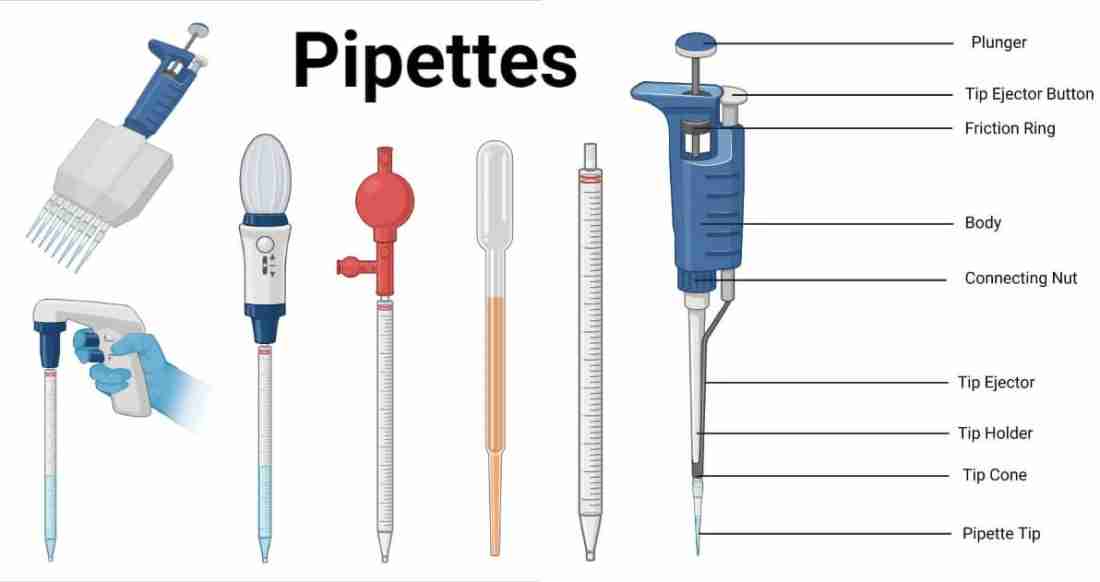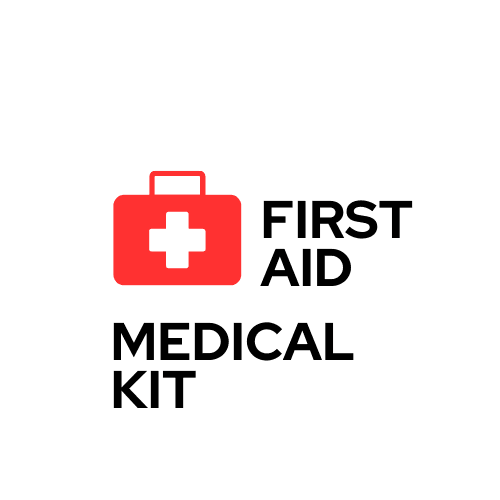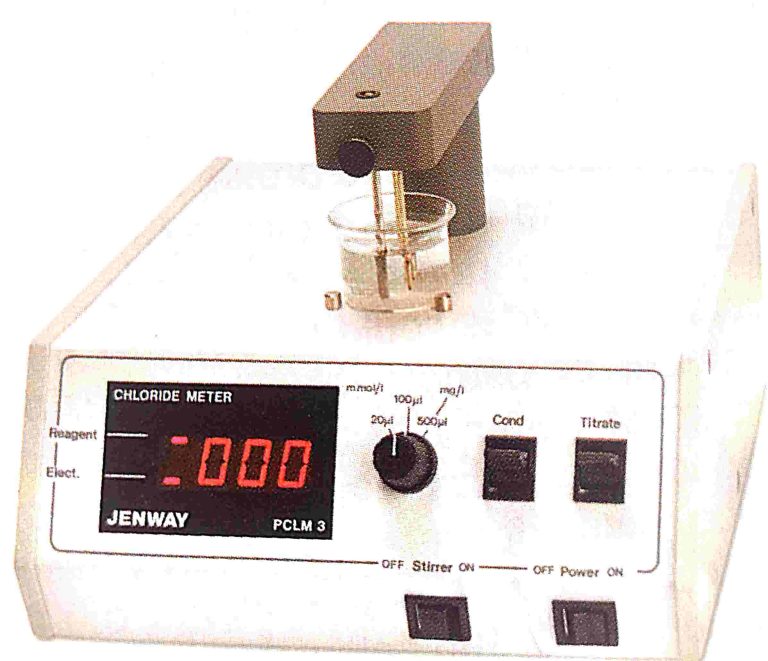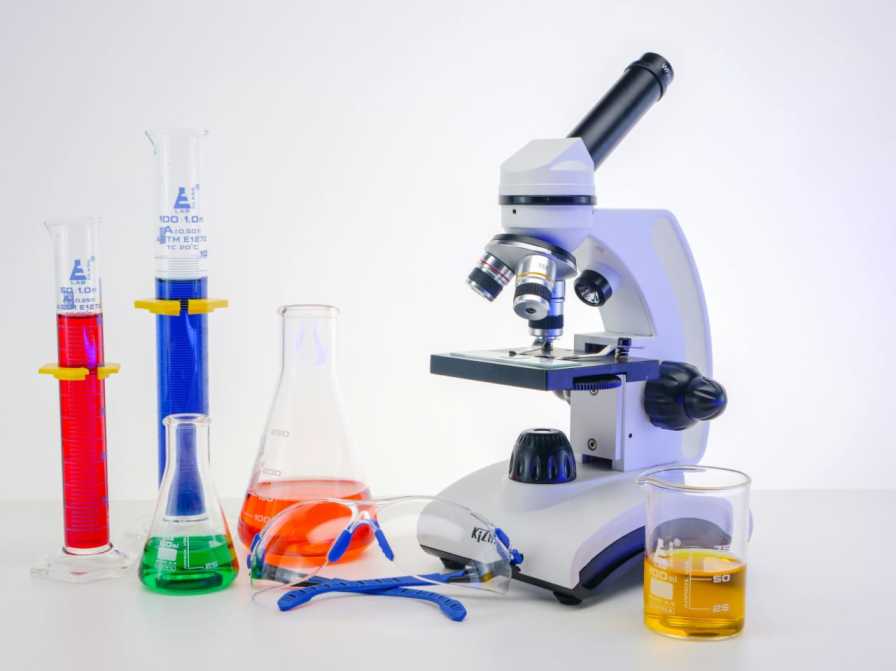
- Introduction of glassware
- composition of glassware
- General glassware
1.Beaker
2.Flask
3.Measuring cylinder
4.Bottle
5.Burettes
6.Condenser
7.Desiccator
8.funnels
9.Tubes
10.Distillation apparatus
11.Syringes
12.Pipettes
Introduction of glassware
Glassware used in each section of the laboratory is highly specific and expensive. It is necessary to handle glassware carefully to avoid accidents in the laboratory. Clinical laboratory procedures require accurate determinations to measure specific analytes in the various types of specimen. For accurate laboratory work standardized and validated glassware is used.
Composition of glassware
Laboratory glassware is usually manufactured from borosilicate glass. It is resistant to the action of chemicals with the exception of hydrofluoric acid. It is made to withstand mechanical breakage and a sudden change of temperature. The main ingredients of borosilicate glass are as follows.
| Ingredient | percentage |
| silica (Sio2) | 80.6 |
| Boric oxide (B2O2) | 12.6 |
| Sodium oxide (Na2O) | 4.15 |
| Aluminium oxide (Al2O3) | 2.2 |
General glassware
1. Beakers:-
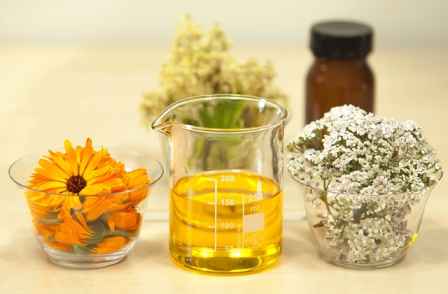
These have capacities from 5 ml to 5000 ml (5l). They are generally in a square form, which is cylindrical and has a spout. These are used mainly for the preparation of solutions.
2. Flasks:-
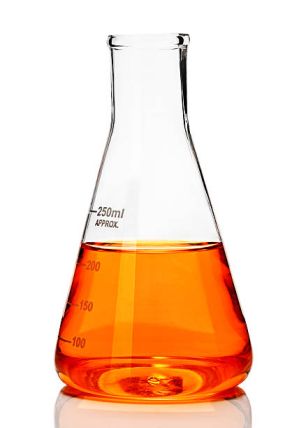
These have capacities of 25 ml-5000 ml (5L).
Types of flasks:-
I. Conical flasks (Erlenmeyer type):-
These are used for performing titrations and for boiling the solutions, since evaporation is minimum because of the conical shape.
II. Flat bottomed round flasks:-
These are mainly used for heating liquids.
III. Round-bottomed flasks:-
These can withstand higher temperature. They may be heated in a naked flame, or in an electrothermal mantle.
IV. Volumetric flasks:-
They are flat bottomed pear- shaped vessels with long narrow necks with a specific volume mark and fitted with a stopper. These are mainly used to make final volume of the reagent very accurately .
3. Measuring cylinder:-
They are available in 10-2000 ml (21) capacities. They are used to measure quantity of the liquid. A high degree of accuracy is not possible because of their wide bore.
4. Bottles:-
The general types of bottles are described below –
I. Reagent Bottles:-
They are available in 25 ml-5000 ml (51) capacities. They are cylindrical, have narrow necks and fitted with stoppers made up of plain glass or amber colored glass. (Amber colored bottles are useful to store certain reagents like silver nitrate which are light sensitive).
II. Screw-capped bottles:-
These are available in 5ml- 1000 ml (11) capacities and may be round or flat. The caps may be made up of metal or plastic. These are very good to store hygroscopic reagents.
III. Winchester quart bottles:-
They are of 2000 ml capacity and are available in white or brown glass. They are fitted with glass stoppers. They are useful for storing stock solutions and reagents and also for storing specimen like urine (24 hours collection).
IV. Drop Bottles:-
These are about 50 ml-100 ml capacities and made in white or brown glass, with a narrow neck and a slotted glass stopper. They are used for delivery of drops of solutions, such as stains.
4. Burettes:-
These are used for measuring variable quantities of liquid. They are available in capacities of 1ml-100 ml. They are long graduated tubes of uniform bore and are closed at the lower end by means of a glass stopcock. These are used for titrations and also to dispense corrosive reagents.
5. Condensers:-
These are available in variable sizes and used mainly for distillation and for reflux operations.
6. Desiccator:-
These are available in variable sizes. Chemicals like sulfuric acid, phosphorus pentoxide, calcium chloride and silica gel can be used as desiccants. The desiccators are mainly used to desiccate chemicals, used for the preparation of accurate normal solutions and standards.
7. Funnels:-
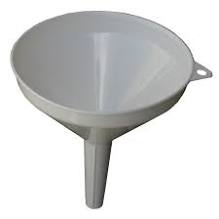
These are available in variety of range for the separation. of–
- Solids from liquids
- Liquids from liquids
- For pouring liquid, chemicals or solutions into a container
- The commonly used funnels are of diameters of 50, 65, 75 and 100 mm.
8. Tubes:-
Based on the need of an experiment different types of tubes are used in a clinical laboratory. They are:-
- Test tubes:- (with or without rim) These are of uniform thickness & withstand mechanical &thermal shocks. Tubes with rim are preferred when reagent in a tube is directly heated on the flame with test tube holder. The commonly used test tubes are of the following specifications:
- outer diameter x length (mm).
- 1) 10 x 75: These are used for testing procedures as well as for centrifugation.
- 2) 15 x 125: These are used for most of the biochemistry tests.
- 3) 18 x 150: These are used for heating the reaction mixture directly on flame.
- Centrifuge tubes:- These are either graduated or plain & are available in the conical shape. The commonly used tubes are of the size 17 x 120 mm.
- Folin-Wu’s tubes:- These tubes are mainly used for the determination of blood sugar by Folin- Wu’s method. These are engraved at 12.5 & 25 ml.
- Digestion tubes:- These are calibrated at 35 & 50 ml and mainly used for the conversion of organic matter into inorganic matter by heating it in the presence of digestion mixture (50% sulfuric acid & selenium dioxide)
9. Distillation Apparatus:-
This type of apparatus is used for the preparation of glass distilled water. A flat bottom flask is used with a side delivery tube & condenser. It can also be used for re-distillation of organic solvents like ethanol & isopropanol.
10. Syringes:-
These are mainly used for the collection of blood & CSF. The most commonly used syringes are of 2.0, 5.0, 10.0 & 20.0 ml capacities.
11. Pipettes:-
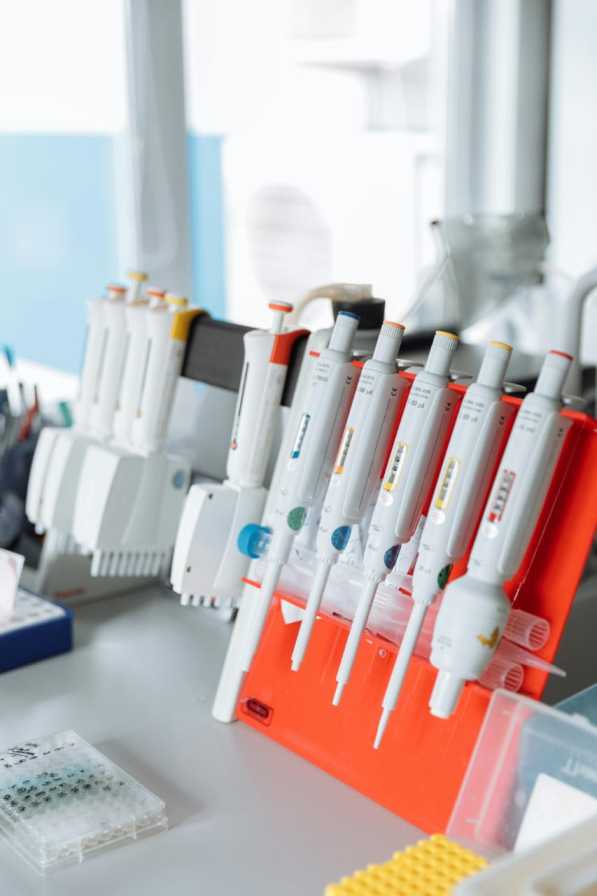
These are used for dispensing controlled quantities of liquids and are classified as follows-
- Graduated pipettes:-These are available from 0.1 ml to 10 ml capacities. The graduations are durable, resistant to chemical attack and normal washing. They are available both in Class A and Class B accuracies. Class A pipettes are very accurate and used for quantitative determinations.
- Serological pipettes:- These are graduated pipettes, marked up to the tip. These are used for pipetting solutions. These pipettes are mainly used to perform serological tests.
- Mohr pipettes:- These are graduated above the tip so that even if the tip is broken, these can be used for their full capacities. The use is the same as that of serological pipettes. However these are not convenient to perform serological tests.
- Volumetric pipettes:- These pipettes are not graduated but designed specifically with a central bulb to deliver a specific quantity of the specimen. These pipettes as well as Folin-Ostwald type of volumetric pipettes are very accurate for pipetting solutions.
- pasture pipette
What is glassware?
Glassware used in each section of the laboratory is highly specific and expensive. It is necessary to handle glassware carefully to avoid accidents in the laboratory. Clinical laboratory procedures require accurate determinations to measure specific analytes in the various types of specimen. For accurate laboratory work standardized and validated glassware is used.

